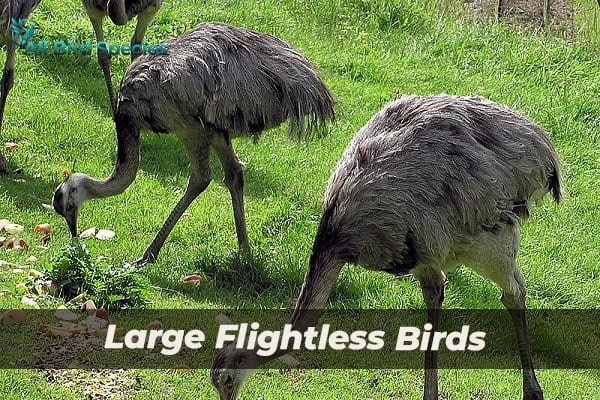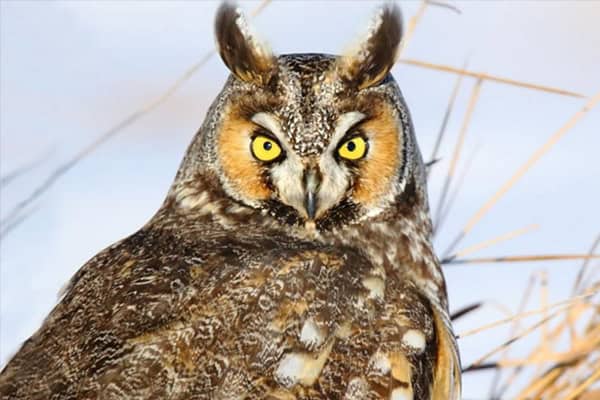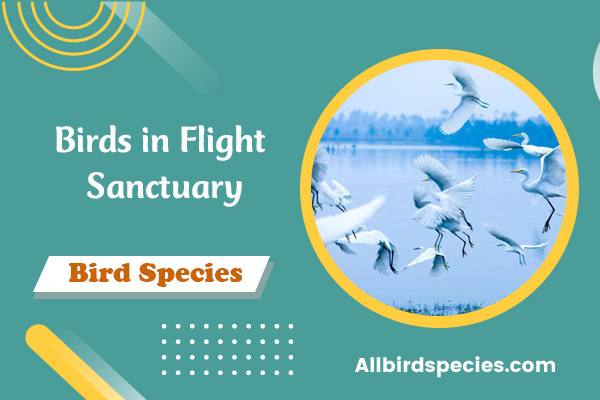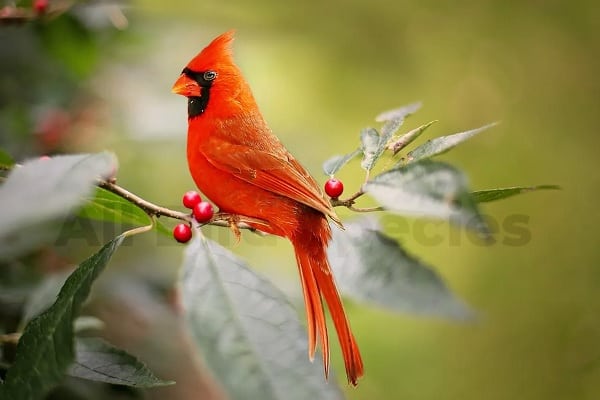Where Geese Go in Winter: Unveiling Their Migration Secrets
Have you ever looked at the sky in winter and noticed how empty it looks? “Ever wonder Where Geese Go in Winter?” I’ve thought about this a lot, especially when I learned that some Canada geese fly away to the warmer parts of the southern United States when it gets cold.
Thus, In this blog post, i’m going to share some interesting things about geese why they go on long trips. Where they go and how their travels are a part of this planet. Thus, let’s explore some facts about these birds..
What is Geese Migration?
Migration for geese is like taking a long trip to avoid the cold and find food. They usually fly south when winter comes, which I’ve seen many times.
These birds have a set schedule: they fly north when it’s spring to have babies and south when it’s winter to stay warm. It’s really cool that they use the same path every year and go back to places they know.
They fly, they make a “V” shape in the sky, which helps them save energy. Some geese go really far, all the way to the southern part of the United States, when it’s winter.
Not all geese move; some stay where they are if they have enough to eat and water that’s not frozen. But for those that do migrate, it’s an amazing show of strength and knowing their way around.
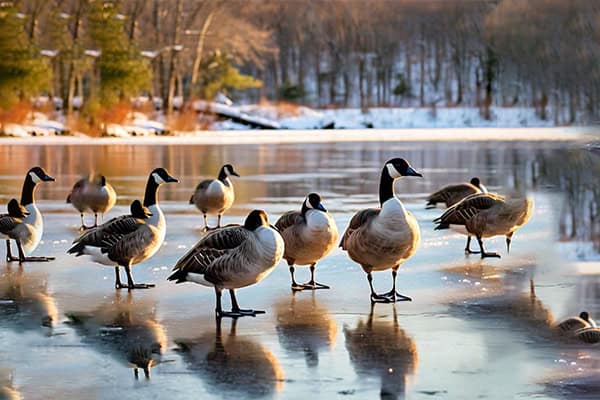
Reasons for Geese Migration
Alright, let’s simplify this! Geese fly long distances at certain times of the year because they need to do things like change their feathers, build nests, and find food that’s available. They feel a strong need to go where the conditions are right for them. So, they move around during different seasons.
Molting season
Molting season is like a big makeover for geese. They lose their old feathers and grow new ones to be ready for the cold winter. This usually happens when it’s late spring or early summer. During this time, geese need to chill and find a safe spot to hang out because they can’t fly while they’re getting their new feathers.
It’s super important for geese to molt at the right time because it helps them get ready to travel long distances or survive the winter where they are. They need to find a place with lots of food so they can eat well and grow strong new feathers.
For people who like to watch birds, knowing about molting season is key. It’s important to find places where geese can molt in peace, without being bothered. This helps the geese stay healthy and safe.
Nesting season
Geese go on big trips because of the nesting season. They need to find the perfect place to make their homes and take care of their babies. In the spring, they fly up north to find the best spot. Some geese that live way up in the High Arctic go down south to spend the winter, and they stay there until it’s time to go back and lay their eggs.
Sometimes, geese might have to take a different path or change their usual route because the places they live in can change. They do this to make sure their babies will be safe.
The time when geese build their nests makes them travel far away two times every year. They go south when it’s cold in the winter, and then they fly back up north when it’s warm in the summer. These trips are super important for them to stay alive and also help keep lots of geese living in different places.
Changes in food availability
When it’s time for geese to start their big move, they change what they eat based on what’s around. During different times of the year, they munch on things like grass, plants that grow in wet areas, and grains. But in the winter, when it gets super cold and those foods are hard to find, geese look for places with water that’s not frozen. There, they can find water plants and bits of plants left in fields after farmers pick their crops.
This change in what food they can find is really important because it helps geese decide where to go when they migrate.
Geese are smart about where they travel, depending on what they can eat. When winter is coming and it’s harder to find food where they are, they just know where to go to find more food.
Where Do Geese Migrate?
in winter, geese goes to coastal regions and habitats near freshwater and saltwater. It’s really interesting to learn about the routes they take during migration.
Coastal areas
Geese migrate to coastal areas during the winter for milder temperatures and access to food. They seek out estuaries, marshes, and shorelines where they can find shelter and open water.
Coastal areas provide geese with a variety of feeding options such as aquatic plants, grasses, and grains left over in fields.
When geese are flying to different places, they really need to take breaks. Coastal areas are like rest stops for them during their long journey. These locations offer protection from predators while providing ample food sources that sustain them on their journey.
Freshwater and saltwater habitats
During migration geese are found i variety of habitats, including freshwater and saltwater areas. These birds often stop at lakes, rivers, and marshes along their journey.
Saltwater habitats such as coastal wetlands also serve as critical resting spots for geese during their long migration.
Populations of geese regularly stop over in both freshwater and saltwater environments to rest, feed, and refuel before continuing their journey. The availability of food sources like aquatic plants and invertebrates attracts them to these diverse habitats.
Importance of Geese Migration and How it Affects Humans
The migration of geese is super important for keeping nature in balance and helping the economy. Their movements throughout the year help out a lot of different ecosystems. If you want to know more about how geese migration affects people, just keep reading.
Ecological benefits
As you know Geese are really important birds, especially when it comes to places where they stay during winter. Here’s why:
First off, geese help keep the plants in check. They eat a lot of them, which means the plants don’t grow too much and take over. This is good for the wetlands, which are like nature’s water parks, because it keeps everything balanced and healthy.
Next, when geese munch on water plants, they make space in the water. This is great for other birds and fish because they get more room to live and find food. Plus, when geese go to the bathroom, it’s actually good for the ground! Their poop makes the soil richer, which helps plants grow better.
Also, geese are like nature’s delivery service. When they move around, they take seeds with them. These seeds fall off in new places, which helps more plants grow in different areas. This makes the environment better because there’s more variety of plants and animals.
So, all the things geese do, like eating plants, moving seeds, and even pooping, are super helpful. They keep the wetlands working well and make sure these places can support lots of life. That’s why geese are so important for nature.
Economic significance
Geese don’t just help nature; they’re also important for money matters. Let’s break it down:
Firstly, geese flying to different places is a big deal for tourism. People who love watching birds go to these spots to see the geese, and that means they spend money there, like on hotels and food. This helps the towns and cities make money.
Also, some folks enjoy hunting geese or just watching them, and they need to buy stuff like hunting gear or binoculars. They adds up to more money for businesses.
But it’s not all good news. Sometimes, geese can be a headache for farmers. They land in fields and eat crops, which can make farmers pretty upset. This can cause some trouble between farmers and the geese.
And there’s one more thing – airports aren’t big fans of geese because they can fly into airplane and it can damage the plane and mess up flight schedules, which costs a lot of money to fix.
So, while geese are great for the environment and can help people make money, they can also cause some problems that need to be sorted out.
Potential conflicts with humans
Geese and people sometimes have trouble getting along, especially in cities where geese eat too much grass and make a mess. Their poop can also make things dirty and ruin stuff.
But it’s really important to live together in peace because geese do a lot of good for nature and even help farms by making the soil better.
To fix the problems without hurting the geese, we need to understand that why they do what they do. We can change the places where they live a little, so they don’t cause trouble, or use friendly ways to keep them away, like having dogs around or putting up fences. In this way, we can take care of the geese while also taking care of our places.
Check Our Previous Articles
| Top 25 Best Gifts For Bird Lovers |
| Top 7 Best Bird Feeder Pole Systems |
| Eagle Spiritual Meaning |
| What Does A Hummingbird Symbolize? |
| Apple Cider Vinegar In Bird Baths |
Wrapping UP…
Dr. Ava Richardson is a bird expert who’s been studying birds for over 20 years. She knows a lot about why geese fly to new places when it gets cold.
She says that geese move to find places that are warm, with lots of food and good spots to live. To keep nature healthy their trips are important. Geese help plants grow in different places and keep wetlands, which are like nature’s water filters, working well.
According to Dr. Richardson we need to be careful about how we treat the places where geese live. We have to understand that how people are changing the weather and the land, which can make it hard for geese to find homes.
If you like watching birds, Dr. Richardson suggests going to the beach or lakes during the times when geese are flying through. But remember to watch from a distance to not bother them.
She thinks that if we really get the importance of geese then we’ll work to protect them and the places they live. That way, we can look after the geese and our planet at the same time.


